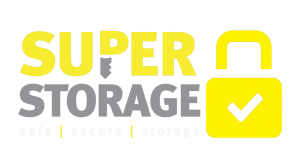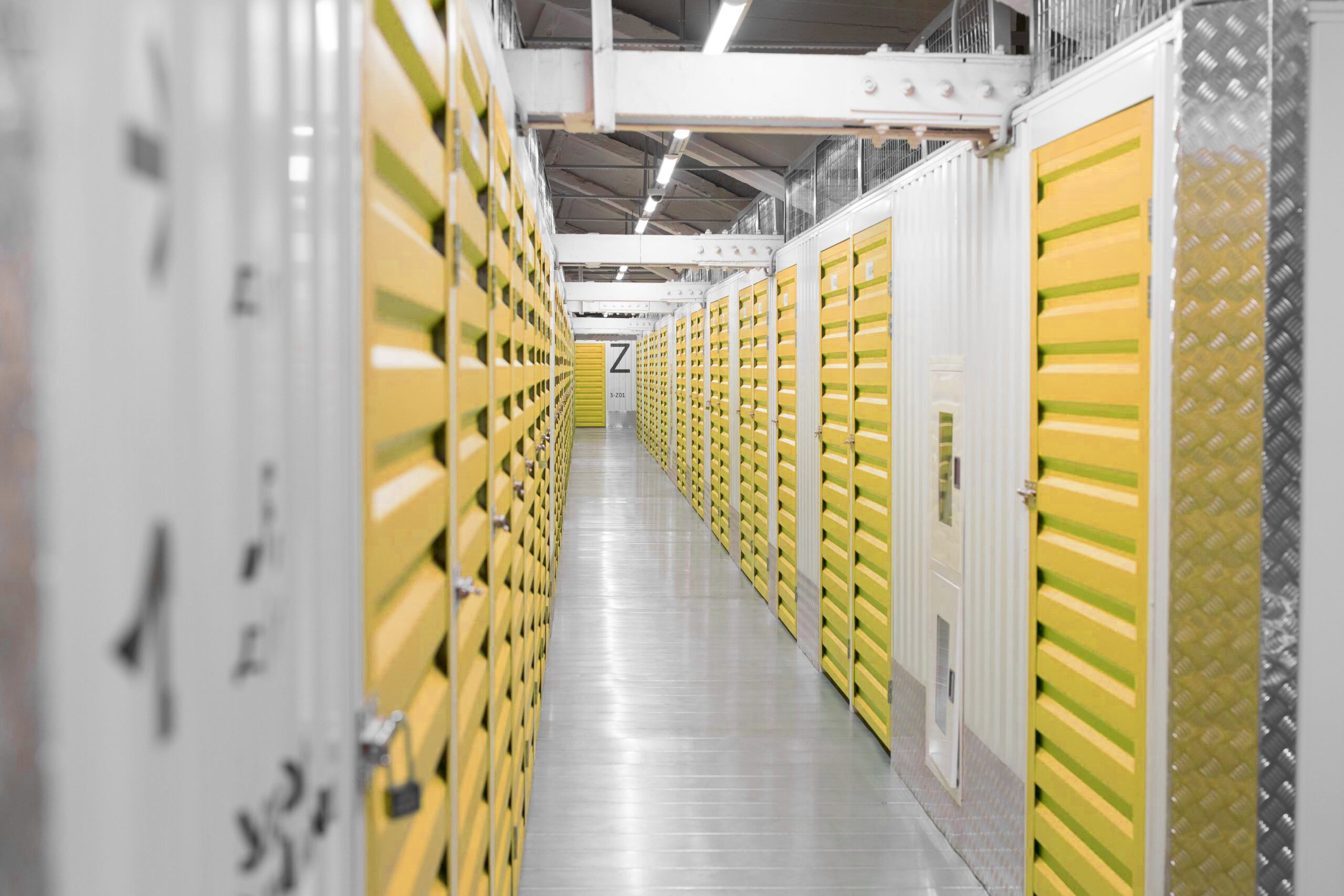Self-storage units offer a convenient solution for managing seasonal items, providing a secure space to store belongings that are not needed throughout the year. Utilising self-storage can help declutter your home, protect items from damage, and keep everything organised and easily accessible. This blog aims to provide practical tips and strategies for making the most of self-storage units during seasonal changes. From choosing the right unit to efficiently packing and rotating your items, we’ll cover everything you need to know to optimise your storage space and maintain order throughout the year.
1. Assessing Your Storage Needs
To effectively utilise a self-storage unit, it’s essential to assess your storage needs by identifying seasonal items, such as holiday decorations, summer sports equipment, and winter clothing. Inventory management is crucial in this process as it helps keep track of what you have stored, ensuring that nothing is forgotten or misplaced. Creating a detailed checklist of items for storage can streamline this process, making it easier to organise and locate items when needed. By listing and categorising your belongings, you can ensure that your storage space is used efficiently and that seasonal transitions are smooth and hassle-free.
2. Choosing the Right Storage Unit
Choosing the right storage unit is important for effectively managing your seasonal items. There are two main types of storage units to consider: standard and climate-controlled. Standard units are suitable for general storage needs, while climate-controlled units maintain a stable temperature and humidity level, making them ideal for sensitive items like electronics, antiques, and delicate fabrics. When selecting a storage unit, consider factors such as size, location, and security features. The size of the unit should accommodate all your items comfortably without cramming, while the location should be convenient for frequent access. Security features, such as surveillance cameras, gated access, and on-site personnel, are essential for ensuring the safety of your belongings. Climate-controlled units offer additional protection against extreme temperatures and moisture, which can prevent damage to valuable or sensitive items, ensuring they remain in good condition year-round.
3. Packing and Organising Items
- Best Practices for Packing Seasonal Items to Prevent Damage
When packing seasonal items, it’s important to use sturdy boxes and bins to protect your belongings. Opt for strong cardboard boxes or plastic bins that can withstand stacking and movement. Clearly label each box with its contents and the season it pertains to, which makes it easier to find specific items when you need them. For delicate items, such as glass ornaments or fragile decorations, use bubble wrap or packing paper to prevent breakage. These protective measures will help keep your items safe and in good condition while in storage.
- Organising Tips for Easy Access
To make accessing your items more convenient, place frequently used items near the front of your storage unit. Create a layout plan for your unit, so you know where everything is stored, which saves time and effort when retrieving items. Using shelving units can help maximise vertical space, allowing you to store more items without cluttering the floor. By organising your storage unit in this way, you ensure that your seasonal transitions are smooth and efficient, with everything you need easily reachable.
4. Rotating Seasonal Items
Strategies for Rotating Items In and Out of Storage
Effective rotation of seasonal items involves a systematic approach to ensure that items are easily accessible when needed and properly stored when not. Here are some key strategies:
- Categorisation: Group items based on their seasonality (e.g., winter clothes, summer gear, holiday decorations).
- Labelling: Clearly label all storage containers with the contents and the season they correspond to.
- Accessibility: Place the current season’s items at the front of your storage unit and the off-season items towards the back. This minimises the need to move many items when transitioning between seasons.
- Plan Ahead: Schedule time for transitioning items about a month before the season changes. This allows ample time to sort and move items without feeling rushed.
Setting Up a Seasonal Rotation Schedule
Creating a rotation schedule helps streamline the process of moving seasonal items in and out of storage. Here’s how to set one up:
Annual Calendar: Develop an annual calendar highlighting the key dates for rotating items. For example, plan to rotate winter items in late October and summer items in late April.
Reminder System: Use digital reminders or a physical calendar to alert you a few weeks before it’s time to rotate items.
5. Efficiently Moving Items In and Out of the Unit
To move items efficiently:
Pre-sort at Home: Sort items at home before taking them to the storage unit. This reduces time spent at the unit.
Use Sturdy Containers: Invest in durable, stackable containers to facilitate easier transportation and storage.
Dollies and Carts: Utilise moving dollies and carts to transport multiple containers at once, reducing the number of trips.
Helpers: Enlist help from friends or family to speed up the process.
Importance of Cleaning and Maintaining Items Before Storing Them
Cleaning items before storing them prevents mould, mildew, and pest infestations. Here’s a checklist:
Wash Clothes and Linens: Ensure all clothing and linens are clean and completely dry before storing.
Dust and Polish: Dust and polish furniture and decorative items to remove any dirt that could cause damage over time.
Inspect for Damage: Repair any items that are damaged to prevent further deterioration.
Protective Covers: Use protective covers for furniture and other large items to shield them from dust and pests.
6. Utilising Technology
Using Inventory Management Apps to Track Stored Items.
Inventory management apps can significantly enhance the organisation of stored items. Benefits include:
Tracking: Keep an accurate record of all stored items, including their locations and conditions.
Notifications: Set reminders for when it’s time to rotate items or check for maintenance needs.
Search Functionality: Quickly find items by searching within the app, saving time and effort.
Benefits of Taking Photos or Videos of Stored Items for Easy Identification
Visual records provide a quick reference for identifying items without unpacking everything:
Documentation: Take photos or videos of each item or group of items as they are packed.
Reference: Store these visuals in an easily accessible digital folder or within your inventory app for quick reference.
Damage Claims: Visual records can be useful for insurance claims in case of damage or loss.
Smart Storage Solutions (QR Codes, Digital Lists)
Leveraging smart storage solutions can further streamline organisation:
QR Codes: Attach QR codes to storage containers that link to detailed lists of their contents.
Digital Lists: Maintain digital lists of items within each container, accessible via smartphones or computers.
Automation: Use smart storage apps that automate inventory updates when items are added or removed.
7. Additional Tips and Tricks
Making the Most of Limited Storage Space
Maximising storage space involves strategic planning and use of space-saving techniques:
Vertical Storage: Utilise shelves and stackable containers to make use of vertical space.
Multi-functional Furniture: Use furniture that doubles as storage, like ottomans with hidden compartments.
Clear Containers: Opt for clear containers to easily see what’s inside without opening them.
Utilising Vacuum-Sealed Bags for Clothing and Bedding
Vacuum-sealed bags are excellent for saving space and protecting items:
Space-Saving: Reduce the volume of bulky items like clothing and bedding, freeing up more space.
Protection: Protect items from dust, moisture, and pests.
Storing Items Inside Larger Items
Nested storage helps maximise space efficiency:
Layering: Place smaller items inside larger items to save space (e.g., storing smaller decor inside larger bins).
Organisation: Keep related items together by nesting them inside each other, which also makes them easier to find.
Maintaining the Unit and Stored Items
Regular maintenance ensures the longevity of stored items:
Pest Control: Regularly inspect the unit for signs of pests and take preventive measures.
Moisture Control: Use moisture absorbers and ensure good ventilation to prevent mould and mildew.
Cleanliness: Keep the storage unit clean to maintain a healthy environment for your items.
Ensuring Items are Stored Off the Ground to Prevent Water Damage
Elevate items to protect them from potential water damage:
Pallets and Shelves: Use pallets or shelves to keep items off the ground.
Waterproof Containers: Store items in waterproof containers for added protection.
By implementing these strategies and tips, you can ensure that your seasonal items are stored efficiently, protected from damage, and easily accessible when needed.
Read More: Difference Between Business Storage And Regular Storage Units
Final Words:
Maximising the utility of Self Storage Units for seasonal changes involves strategic organisation and proactive maintenance. Establishing a rotation schedule, cleaning and properly storing items, and leveraging technology like inventory management apps and QR codes can streamline the process. Practical tips such as using vacuum-sealed bags, nesting smaller items inside larger ones, and ensuring items are elevated off the ground prevent damage and optimise space. Regular checks for pests and moisture are essential for maintaining the unit and its contents. By implementing these practices, you can ensure your belongings remain accessible, protected, and well-organised throughout the year.




